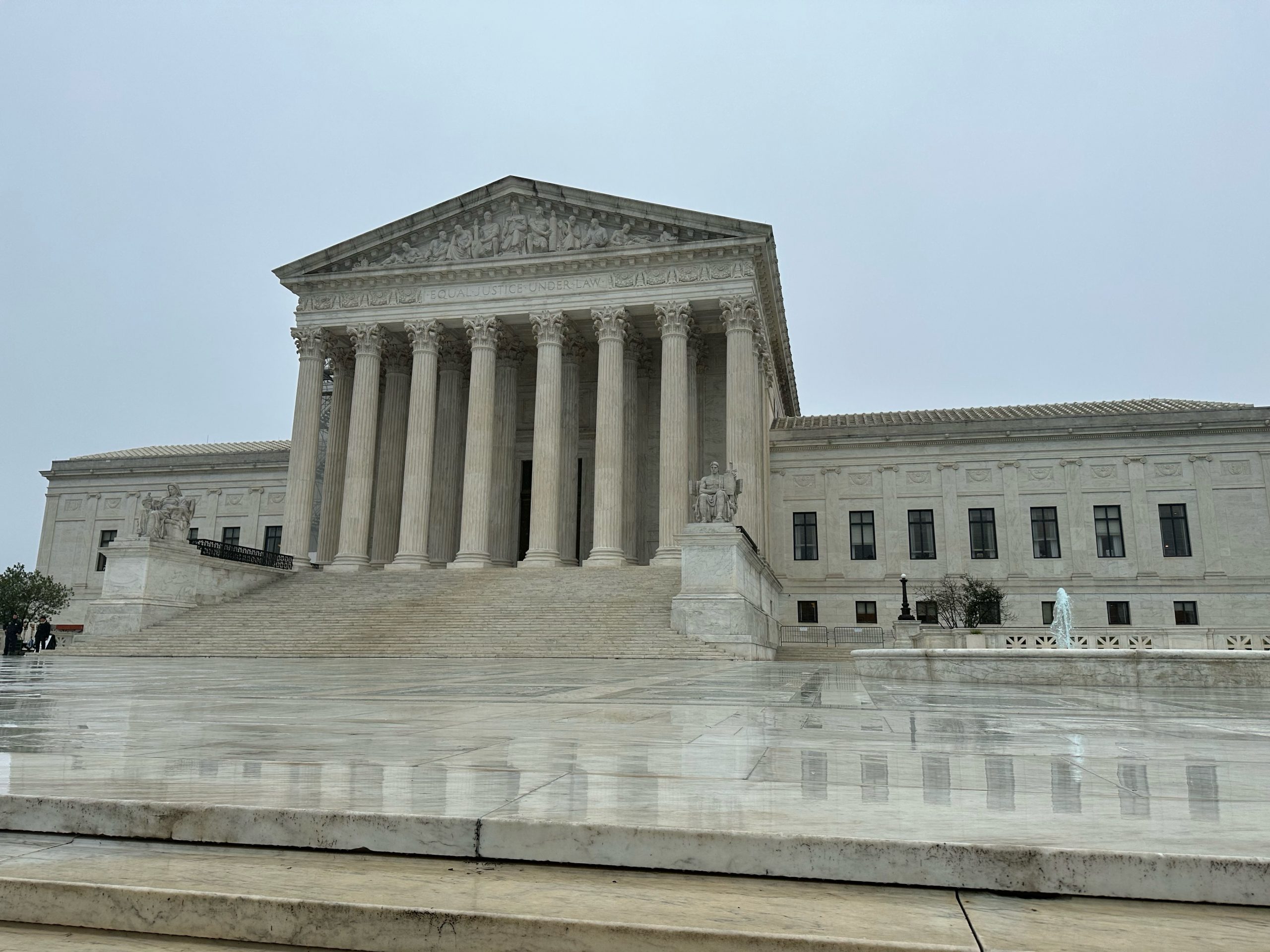Divided court finds generic redactions sufficient to admit confessions of non-testifying codefendants


The Supreme Court on Friday decided Samia v. United States, making it easier for the government to introduce confessions in criminal trials involving multiple defendants.
In civil and criminal trials involving multiple defendants, evidence is often admissible against one defendant but not another. The most common solution is a jury instruction. The trial judge admits the evidence and then instructs the jury to consider it against one defendant but not another. If we assume, as courts typically do, that jurors follow their instructions, instructions work like magic, effortlessly solving thorny evidentiary problems and facilitating resource-saving multi-party trials.
Over fifty years ago, in Bruton v. United States, the Supreme Court identified one scenario in which jury instructions were not sufficient: when a non-testifying defendant’s confession to police incriminates a codefendant. In that situation, the court ruled, “the risk that the jury will not, or cannot, follow instructions is so great, and the consequences of failure so vital to the defendant, that the practical and human limitations of the jury system cannot be ignored.” Thus, in Bruton itself, the court held that the introduction of William Evans’ confession, indicating that he had “committed the robbery with Bruton,” violated George Bruton’s rights even though the judge instructed the jury to consider the confession only against Evans and not against Bruton.
In the wake of Bruton, prosecutors turned to a new kind of magic: redaction. This led to a 1998 case, Gray v. Maryland, in which the prosecution introduced a codefendant’s confession that, in a token effort to comply with Bruton, substituted blank spaces for the defendant’s name. The Supreme Court was unimpressed, explaining that “[r]edactions that simply replace a name with an obvious blank space or a word such as ‘deleted’ or a symbol or other similarly obvious indications of alteration … leave statements that, considered as a class, so closely resemble Bruton‘s unredacted statements that, in our view, the law must require the same result.”
While ostensibly standing behind these precedents, the Supreme Court ruled today that all that was missing from Gray was slightly more robust redaction. That missing ingredient was present, the court ruled, in the joint murder trial of Carl Stillwell and Adam Samia. There, the trial judge modified Stillwell’s confession to exclude explicit references to Samia, although the remaining references to an “other person,” and “the other person he was with,” unmistakably referred to Samia. Justice Elena Kagan’s dissenting opinion emphasizes this point, arguing that, in light of the other evidence introduced at trial, there is not “a lick of difference” between the impact of the confession in Samia’s trial and the one introduced in Gray.
The majority disagreed. In an opinion by Justice Clarence Thomas, the court held that non-obvious redaction distinguished Gray and, along with a jury instruction, sufficiently protected Samia’s rights. The opinion’s key paragraph, described by Kagan as “blink-and-you-miss-it,” explains why: “Stillwell’s confession was redacted to avoid naming Samia, satisfying Bruton‘s rule. And, it was not obviously redacted in a manner resembling the confession in Gray; the neutral references to some ‘other person’ were not akin to an obvious blank or the word ‘deleted.'”
Thomas supplements this description with a general principle – “distinguish[ing] between confessions that directly implicate a defendant and those that do so indirectly” – and adds a few other considerations to support the ruling:
- Pre-Bruton cases required even fewer protections for codefendants;
- “Joint trials have long ‘play[ed] a vital role in the criminal justice system,’ preserving government resources and allowing victims to avoid repeatedly reliving trauma;” and
- “[C]onfessions are ‘essential to society’s compelling interest in finding, convicting, and punishing those who violate the law.”‘
The ruling fits neatly into the landscape I sketched out in my preview of the case back in March. As I wrote then, Samia rounds out a trilogy of cases addressing frequent redaction scenarios. The first, Bruton, deals with scenarios in which a confession explicitly names a codefendant. The second, Gray, addresses what to do when the codefendant is implicitly named via obvious redaction. In Samia, the court took up a third scenario: when a redacted confession includes a neutral reference (“other person”), but the jury can nevertheless discern that to be the codefendant.
On Friday, the court offered an easy-to-apply answer in this third scenario: no Bruton violation. The answer will make trials easier for prosecutors and trial judges and, by definitively answering the last remaining Bruton-redaction questions, for the Supreme Court too.
That the answer is clear does not mean it is not controversial. The majority opinion is anchored in the efficacy of jury instructions, the importance of easily administered rules, and the value of judicial efficiency. But on the other side of the balance is Samia’s Sixth Amendment right to “confront the witnesses against him.” It would be hard to explain to Samia, or any similarly situated defendant, how – despite potential solutions, like a separate trial – that right was honored here, and why that isn’t the end of the story. Samia was sentenced to life in prison after a trial in which his jury heard Stillwell implicate Samia, implicitly but unmistakably, as the triggerman in a murder. And since Stillwell did not testify, Samia never had a chance to confront (i.e., cross-examine) this critical witness.
Justice Ketanji Brown Jackson emphasized this point in a separate dissent, rejecting the majority’s framing as all but ignoring the constitutional right that should be at the center of the analysis. And her dissent resonates with the comments of another Justice (Robert) Jackson, writing over 70 years ago: “The naive assumption that prejudicial effects can be overcome by instructions to the jury, all practicing lawyers know to be unmitigated fiction.”
Posted in Merits Cases
Cases: Samia v. United States